Our Work
At 7 Design, we have worked with many commercial and consumer clients. We have assisted in the design process at all stages and have abundant knowledge and expertise on what is required to get the job done.
Internal Alterations and Extension and Conservatory Replacement in Fleet, Hampshire
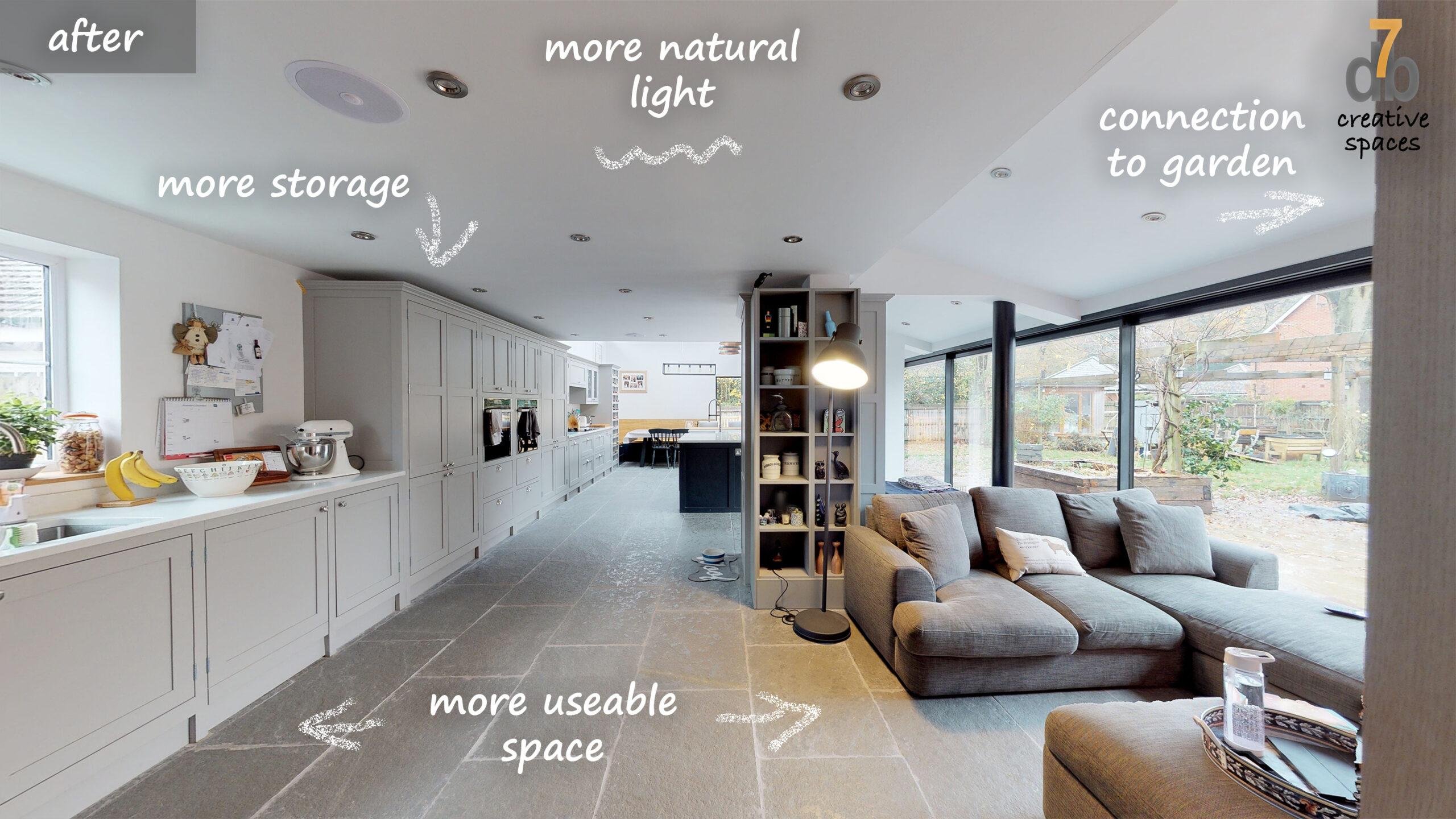
Located in the tranquil town of Fleet, Hampshire, this kitchen extension project was an essential endeavor for a couple with growing children residing in a detached house within an estate. The primary objective was to create a spacious and connected ground floor by implementing internal alterations and extending the kitchen. By embracing sustainable decisions, the project aimed to maximize natural light, enhance storage options, and allow the home to breathe. The approach involved reworking the existing space and optimizing the footprint to unlock the untapped potential of this family home, while establishing a seamless connection with the enchanting garden.
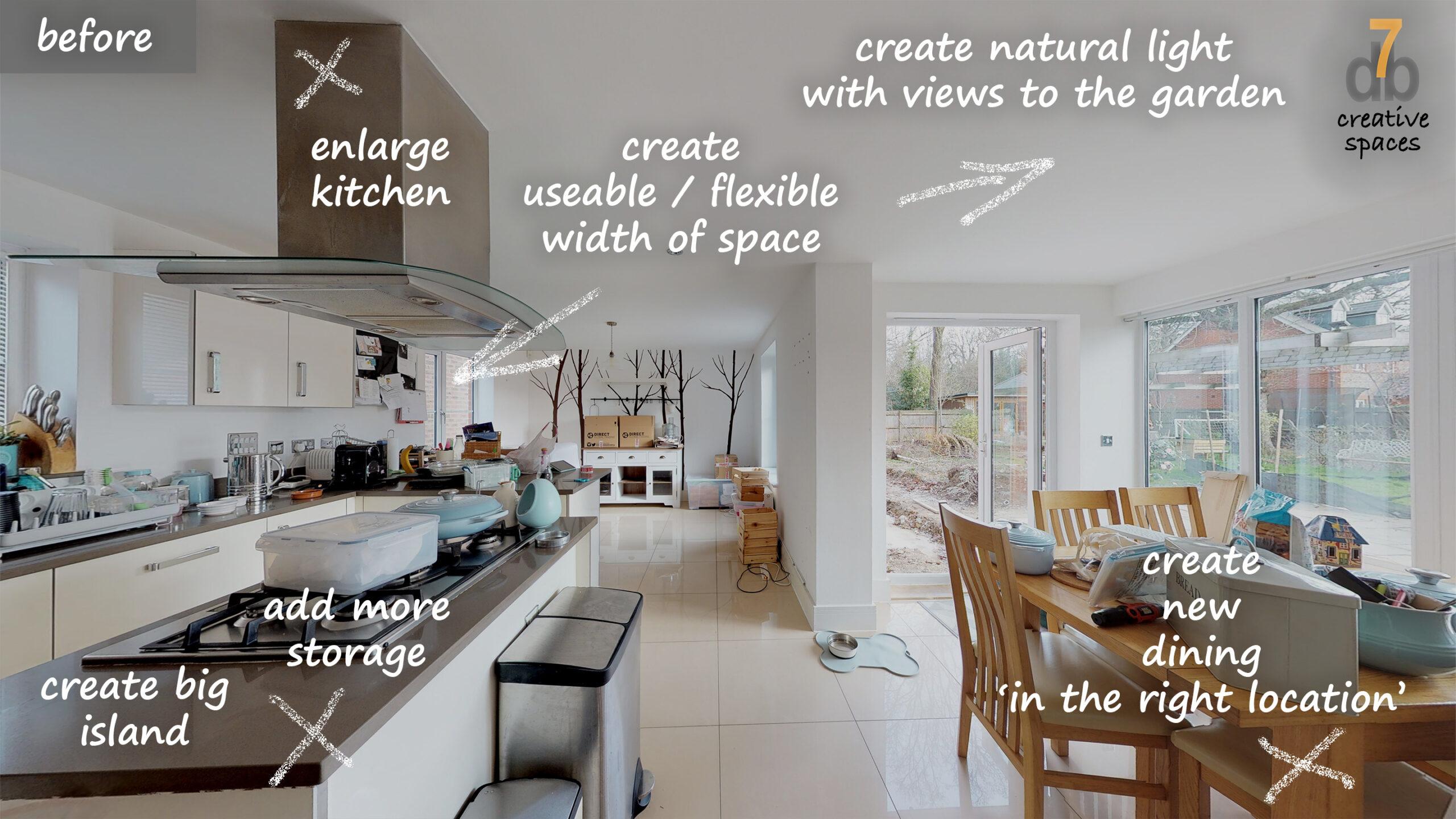

The original layout of the house presented a challenge as the small kitchen, dining, and living area was inadequate for a thriving family life and failed to match the size of the house, ultimately diminishing the property’s value.
The limited overall width of the space further hindered the flow of the kitchen design, making it impossible to incorporate sufficient cabinets and essential appliances like a large fridge freezer. However, the space underwent a remarkable transformation through the strategic decision to knock through walls and create captivating views of the garden, coupled with the raised ceiling level for a roof light atrium.
The newly expanded kitchen now boasts ample room to accommodate a laundry area, abundant storage solutions, a built-in fridge freezer, and an impressive feature island. Additionally, the clever placement of the half build-in dining table allowed for seamless movement from the front to the back of the house, effortlessly connecting with an inviting outdoor dining area.
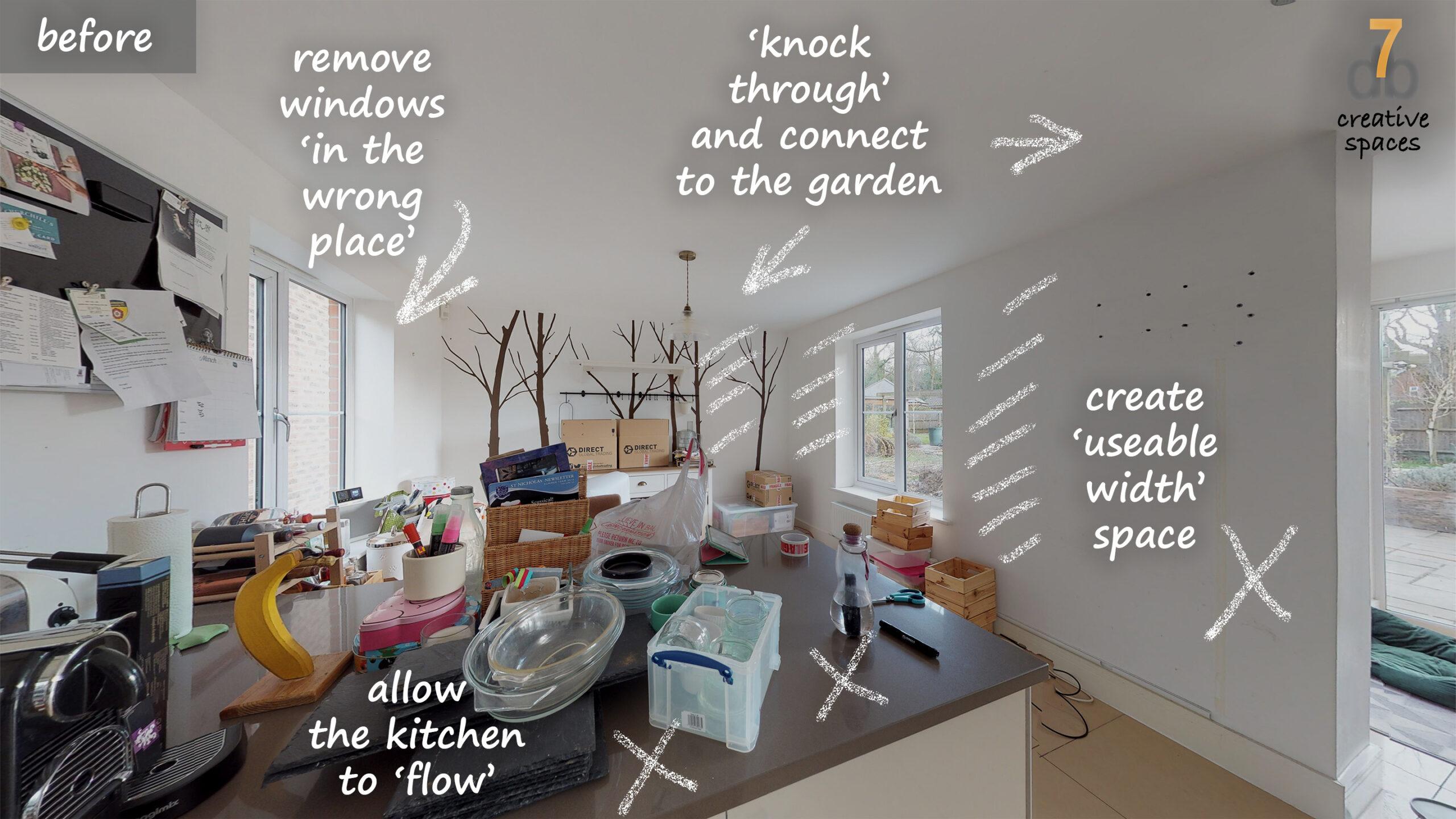
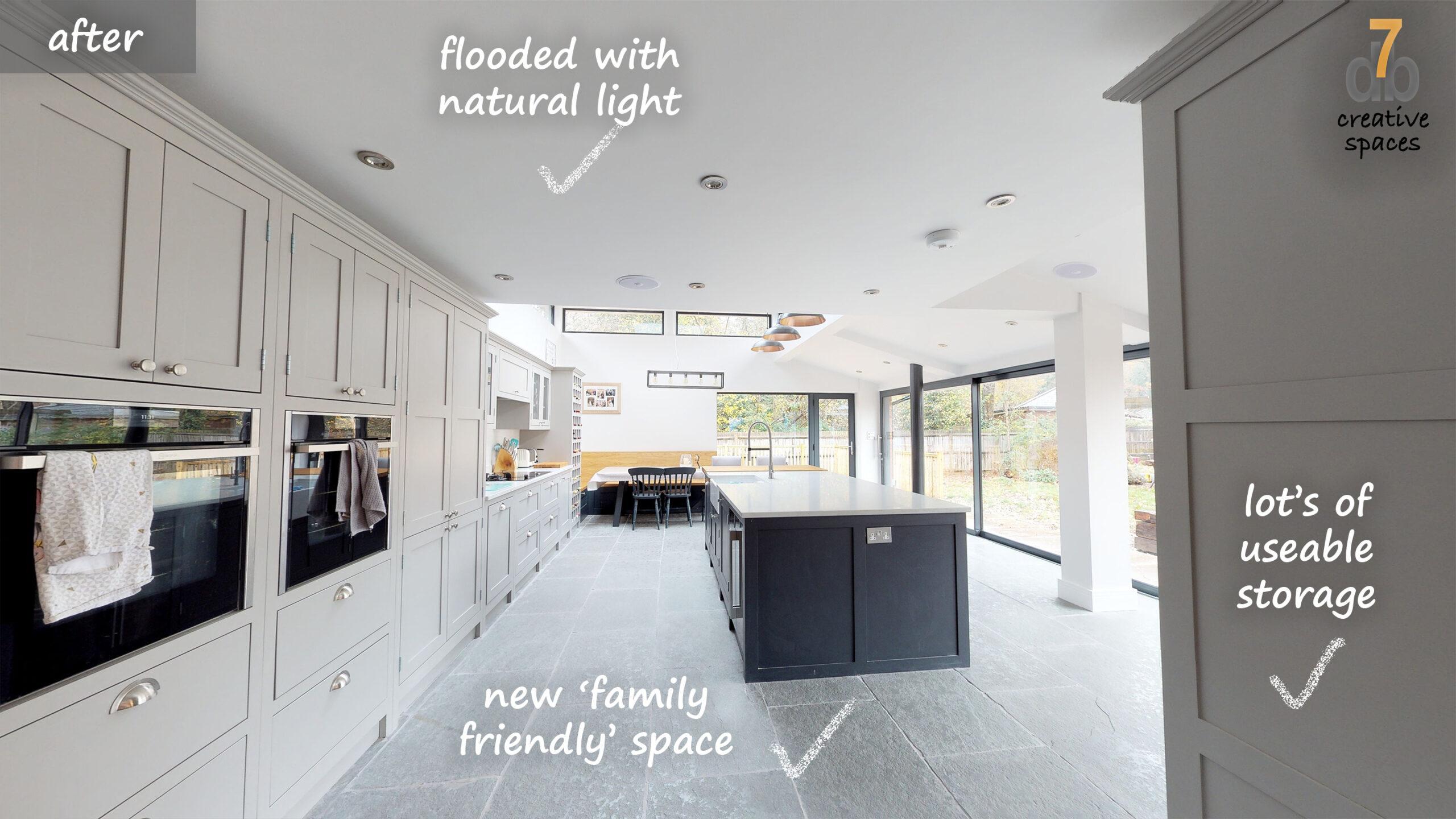
The previous layout of the space presented a significant challenge as it lacked usable wall space. The placement of windows followed a standard estate layout and did not consider the unique characteristics of the plot location. Consequently, certain areas, such as the kitchen, had limited views and were left gazing upon an unsightly brick wall, such as the neighbour’s garage.
Moreover, the existing room width proved to be too narrow, impeding the potential for a larger kitchen and a seamless connection to the captivating garden. However, these limitations could be overcome through thoughtful reorientation of the space, paving the way for a more expansive kitchen area and harmonious integration with the outdoor environment.

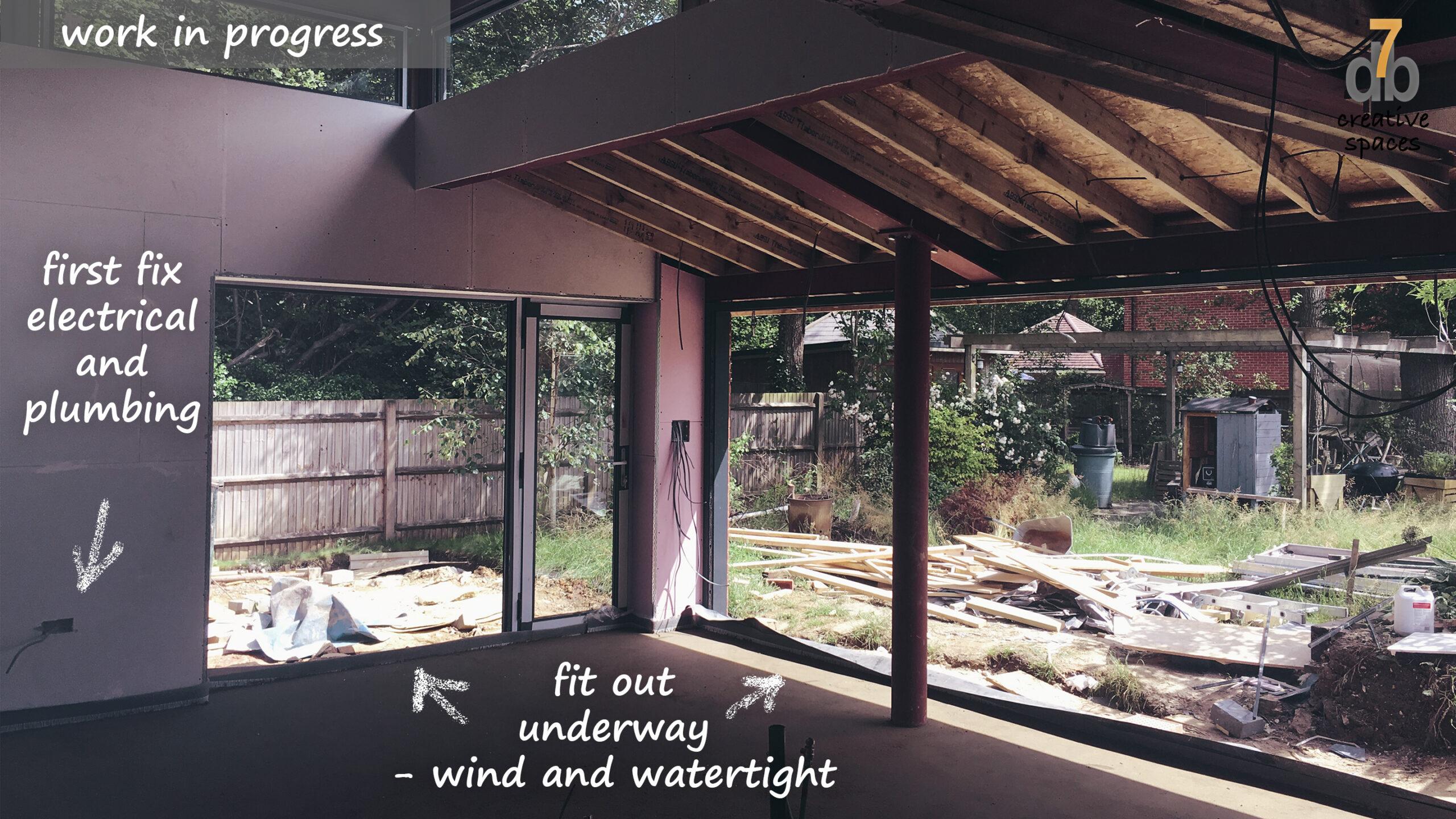
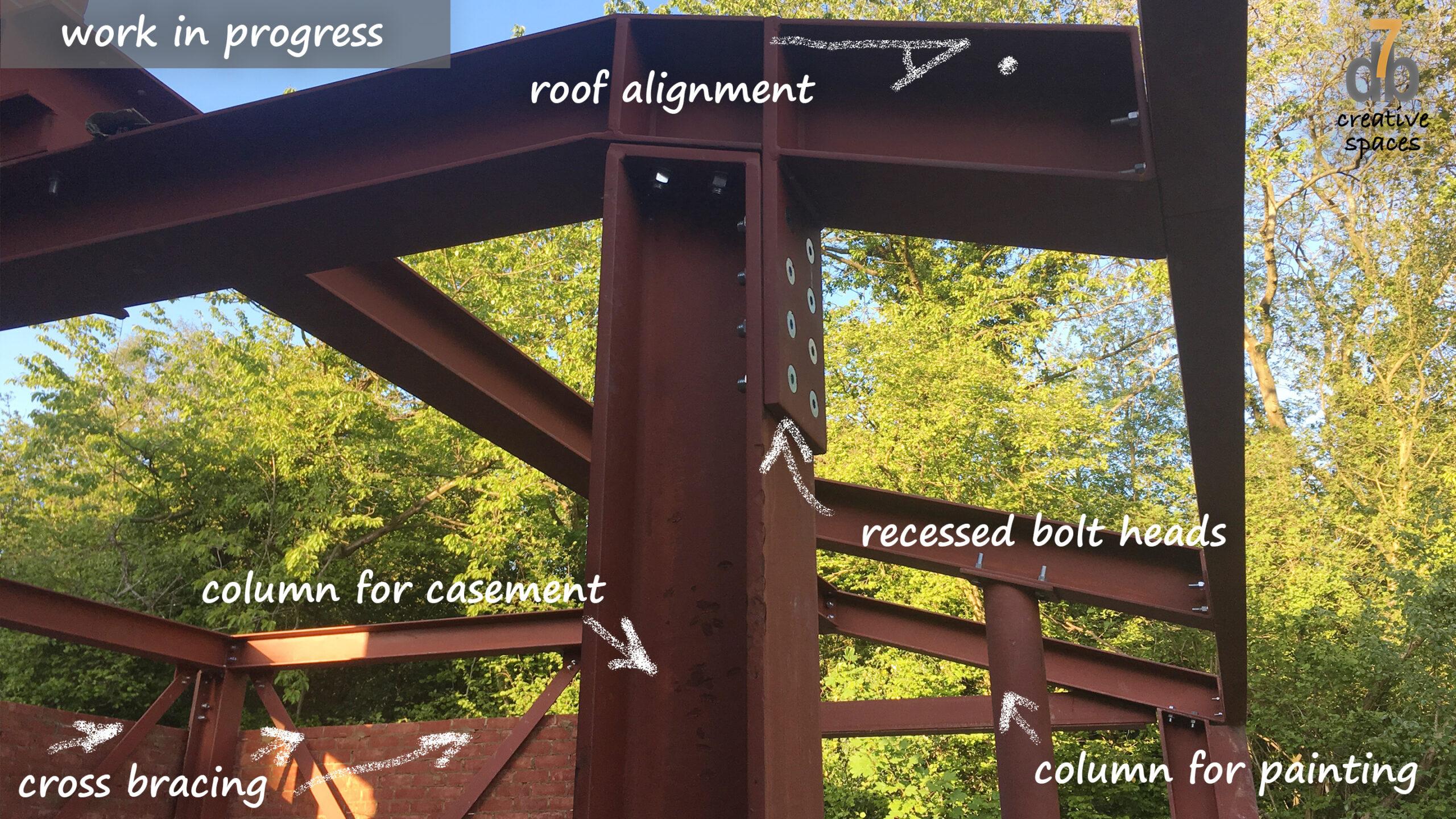
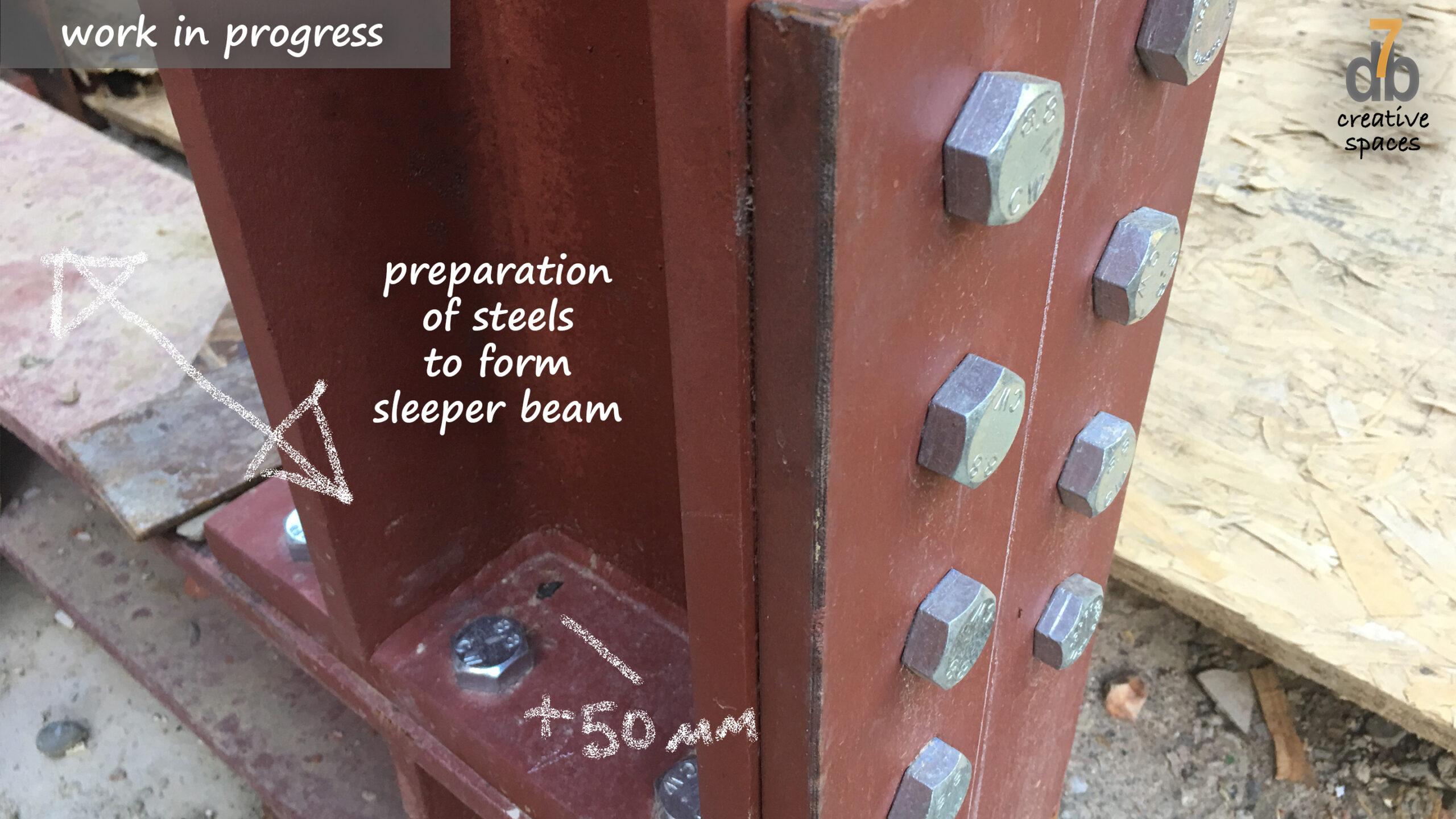
In this particular location, engineered foundations were deemed necessary, specifically utilizing mini-piles with a ring beam. This choice was made to accommodate the soil type and mitigate the effects of ground heave, necessitating the use of permanent formwork. It is important to note that such engineered foundations can be significantly more costly, often three times the price of a standard strip foundation.
The design of the new support steels was carefully considered, taking into account the interior design of the space. The columns were strategically positioned to create visual interest from the opening glazing line or to be discreetly integrated within cabinet positions as cased columns.
The steel design was thoughtfully fabricated, ensuring that bolt heads were sometimes recessed to accommodate the interior finishes and appropriate finishing widths.
To enhance structural stability, a “sleeper beam” was incorporated within the concrete at foundation level. Throughout the construction process, periodic inspections were conducted, taking into account key stages of the build, such as achieving wind and watertight status and progressing to the 1st/2nd fix of activities. These inspections ensured the project progressed smoothly and in accordance with the planned phases.
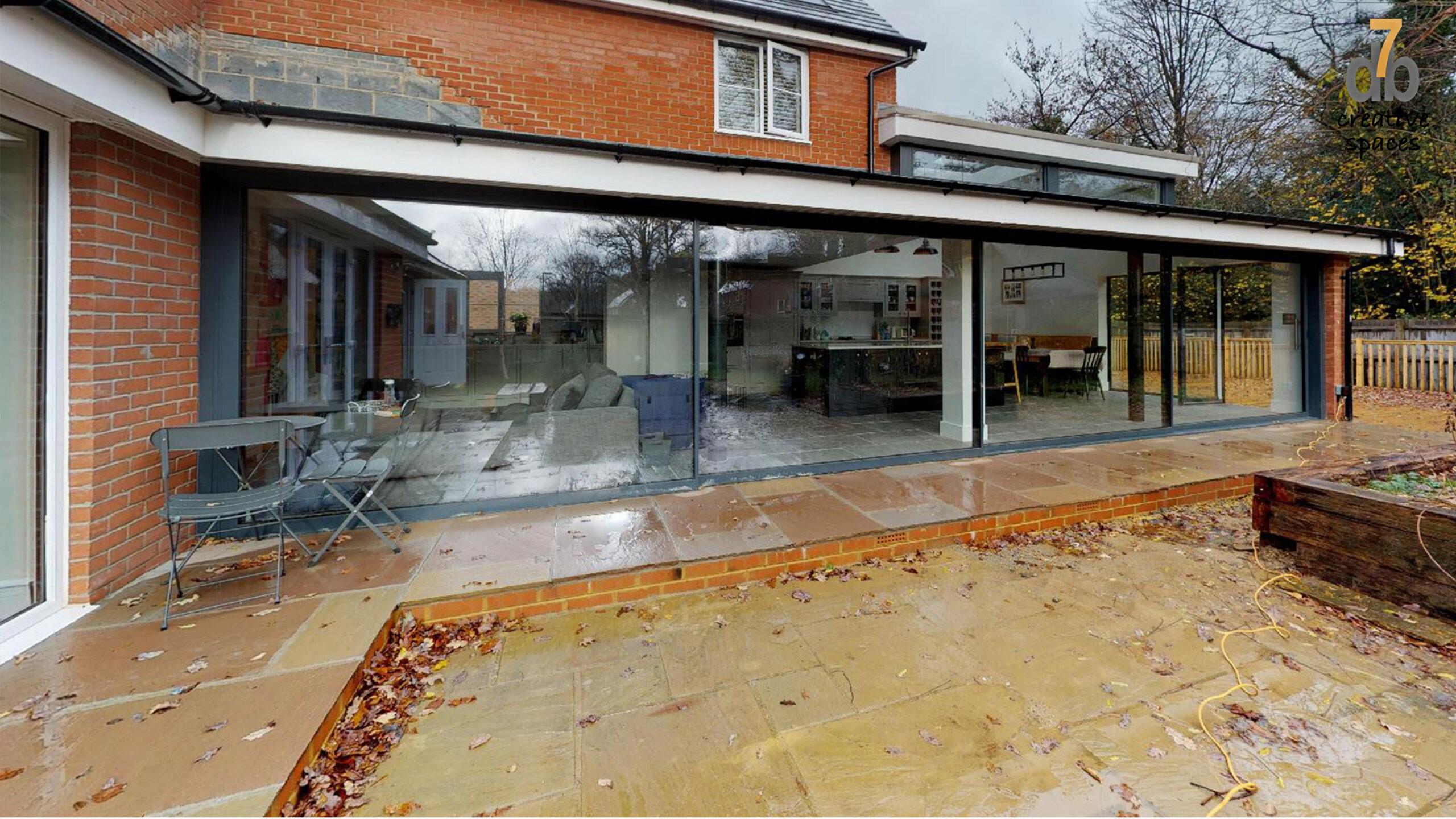
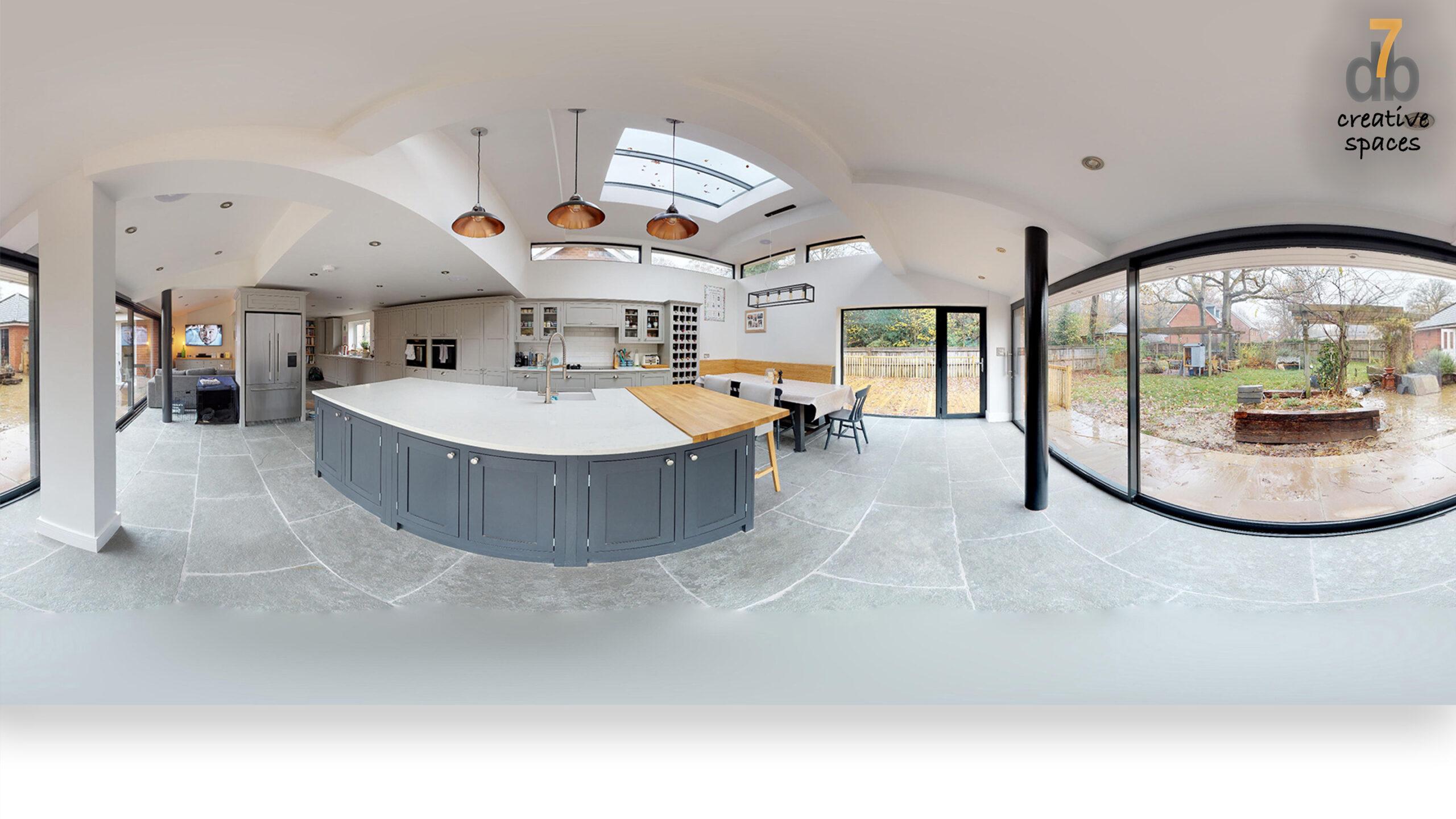
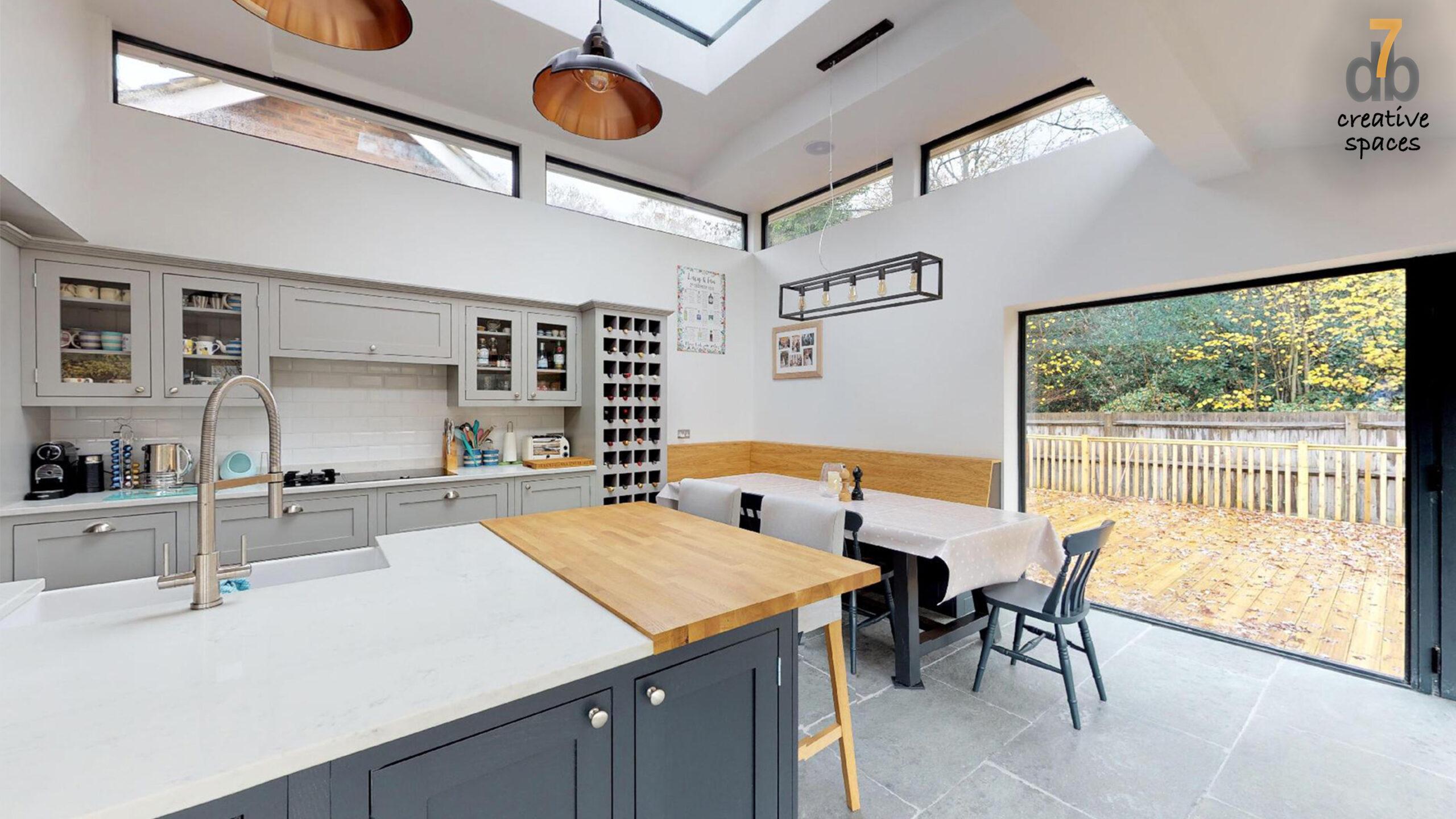
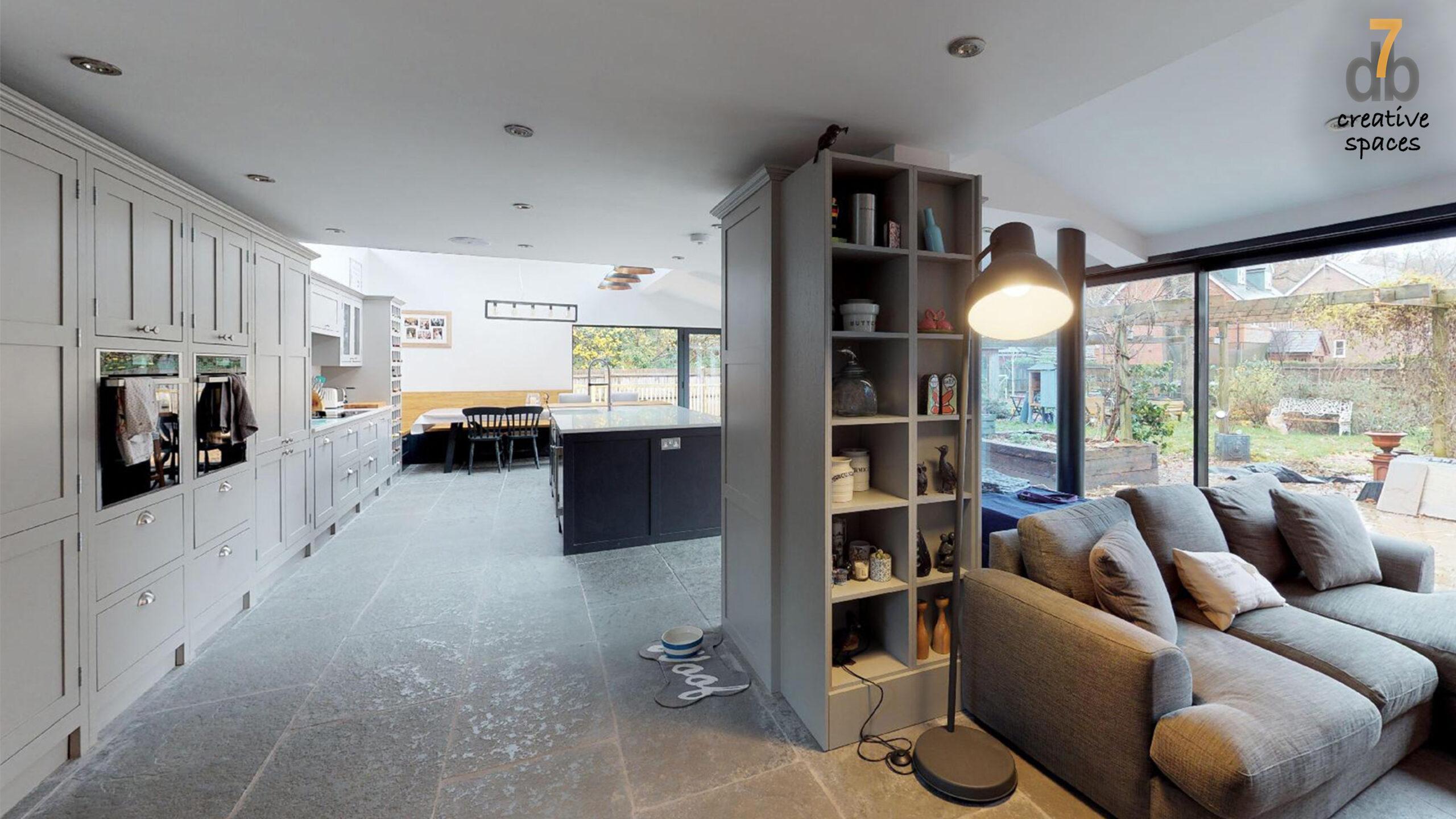
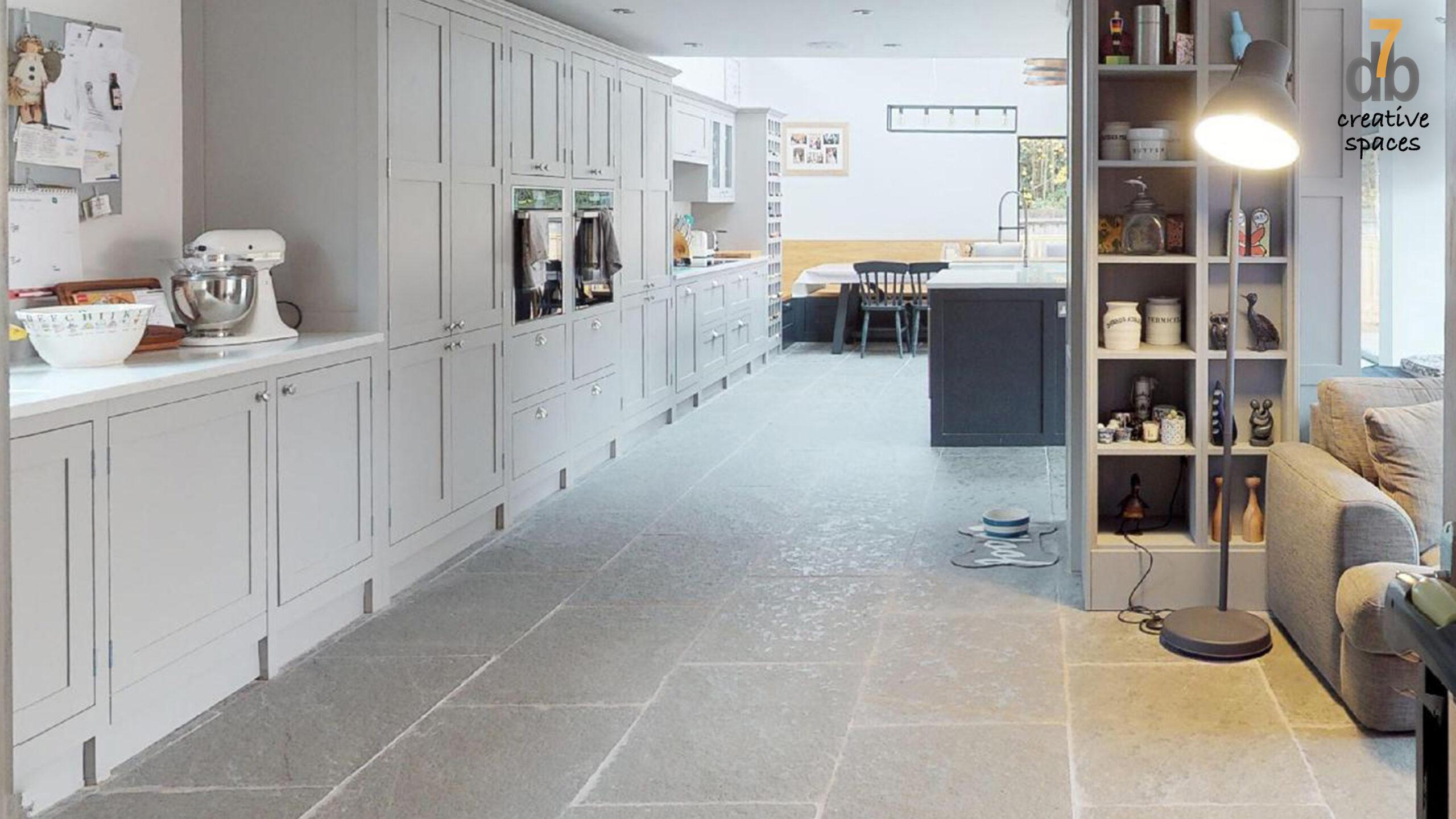
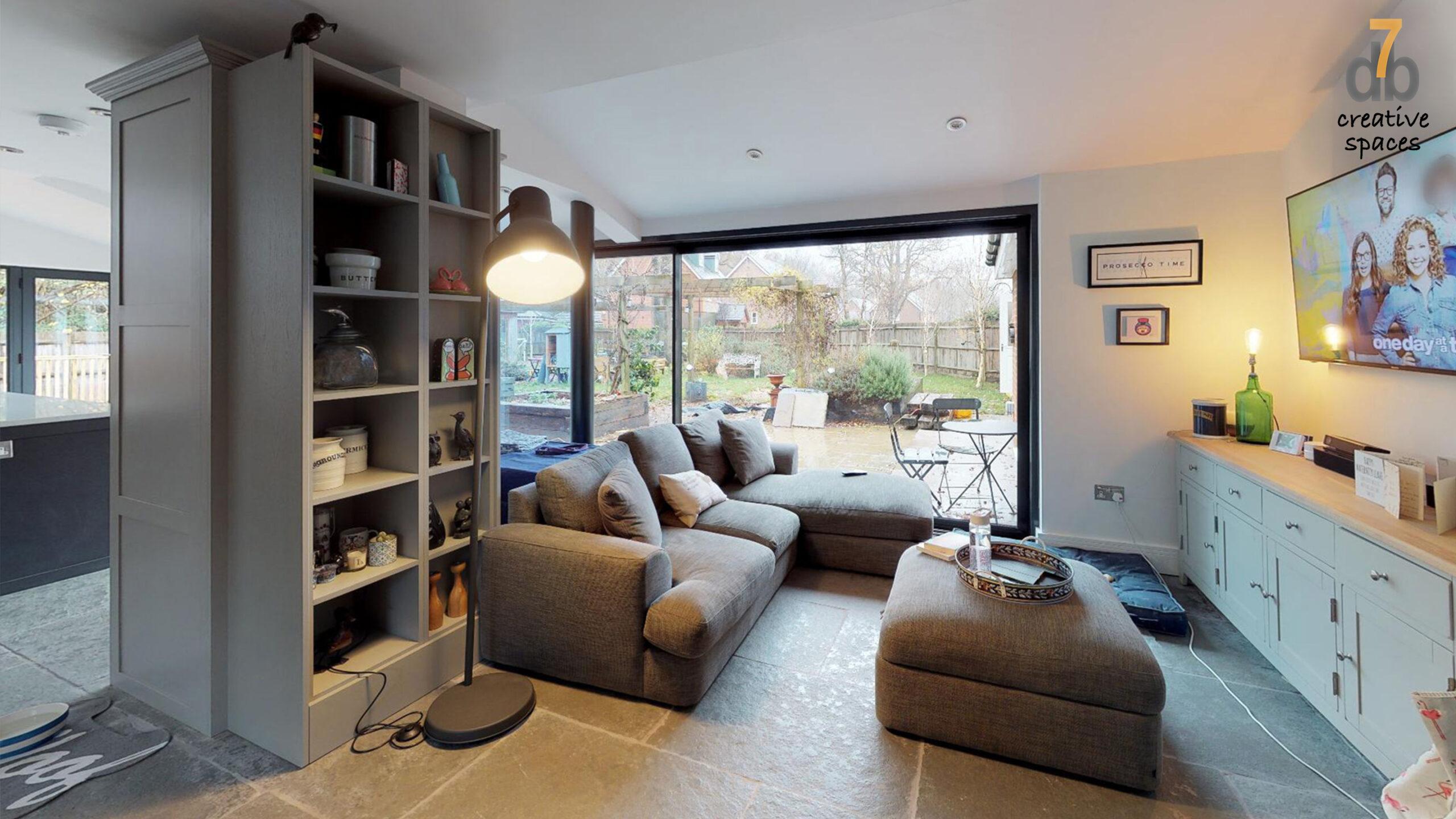
What We Do
Step 1: Scanning & Photography
Step 2: Sketch Ideas
Step 3: 3D Checks
Step 4: Planning Submission
Step 5: Technical Plans & Building Control
Step 6: Details & Performance Specifications
Step 7: Tender Process & Site Management
